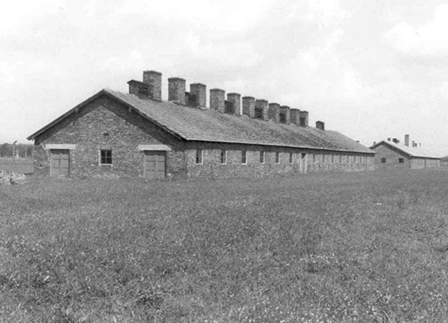- Biography
- Alicia Weinsberg (born Alicja Fajnsztejn) is the daughter of Izaak and Malka (Steinberg) Fajnsztejn. She was born October 3, 1929 in Warsaw, where her father was an engineer. She had one sister, Zofja (b. 1936). The family was quite well-to-do and owned several properties in Warsaw. In October 1940, one year after the German invasion of Poland, the family was forced to move into the Warsaw ghetto. There, Alicja and her mother worked in the Toebbens factory while Zofja, who was still quite young, hid under the table where her mother was sewing. Later it was arranged that Zofja leave the ghetto with an aunt and her two daughters. They were taken in by a former maid, Helena Biczyk, and her husband Jozef, who had worked as the superintendent of one of Izaak Fajnsztejn's properties. In January 1943, Alicja was also smuggled out of the ghetto. After living in various hiding places, she also went to live with the Biczyks, where she remained for more than a year under the false name of Jadwiga Kapinska. Eventually, Alicja's parents came to hide there as well. The Biczyks pretended the two girls, Alicja and Zofja, were their cousins and even sat with them for a formal family portrait. The Fajnsztejns lived in the laundry room, located in the attic of the Biczyk's basement apartment. The Fajnsztejns supported themselves by selling off jewelry and one of their properties. In February 1945, soon after the liberation of Warsaw, the family left for Otwock, and in September 1945, with the help of the Bricha, they left Poland. After traveling through Czechoslovakia, Hungary, and Austria, they finally made their way to the American zone in Germany and lived for the next few years in the Foehrenwald displaced persons camp. Alicja emigrated to the United States aboard the SS Marine Jumper from Bremen in March 1948. In 1982 Jozef and Helena Biczyk were recognized by Yad Vashem as Righteous Among the Nations.



